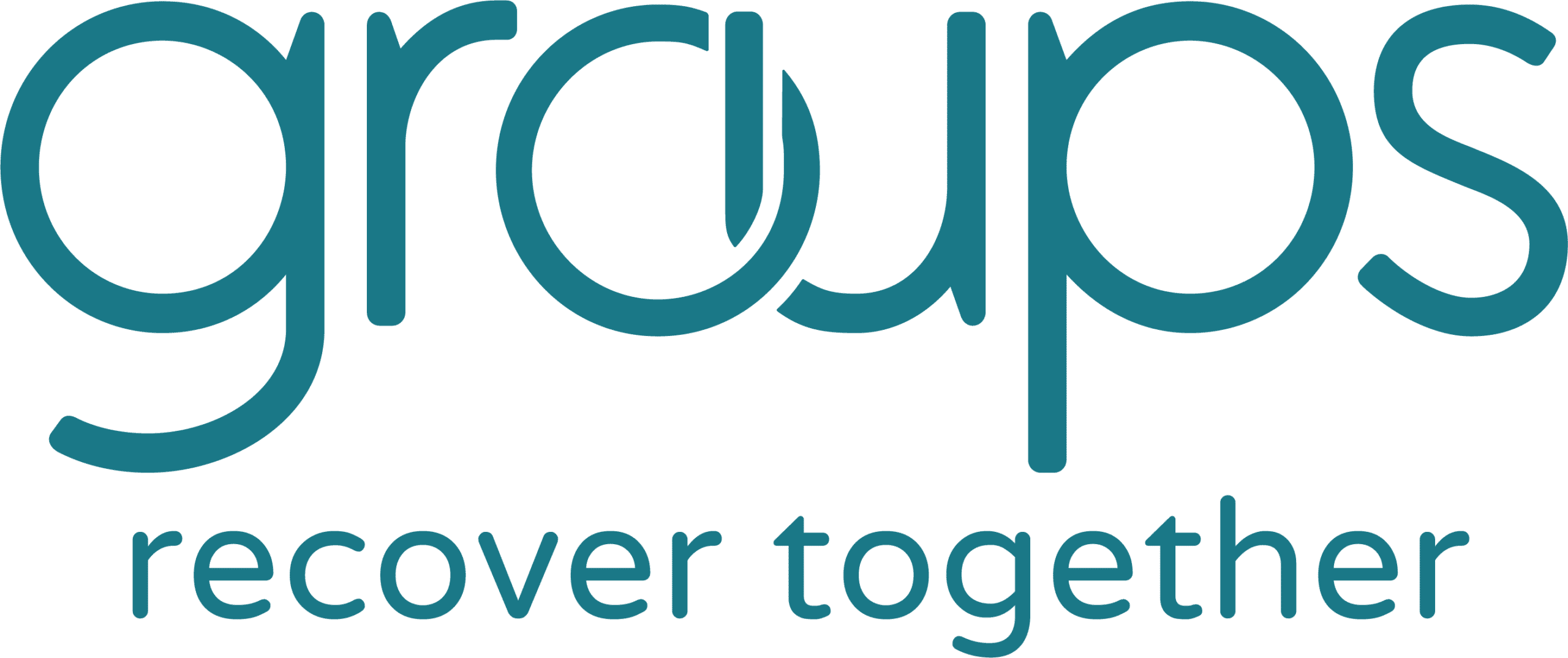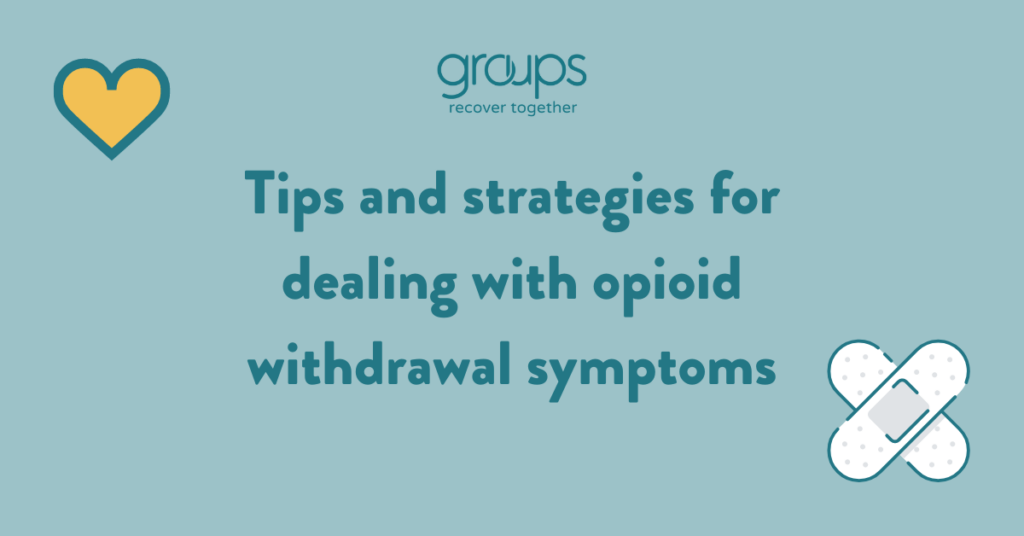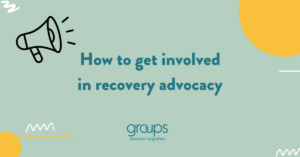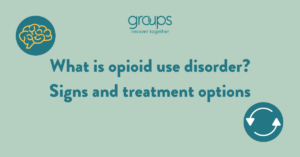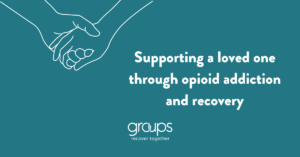Find out what you need to know about opioid withdrawal and get advice for managing symptoms.
One of the most stressful parts about deciding to quit drugs is withdrawal. You know it can be almost unbearable if you’ve gone through it before. The support of providers can help. You’ll get access to the medicine and guidance you need to manage withdrawal.
Keep reading to learn about opioid withdrawal and how experts suggest dealing with it.
What is opioid withdrawal?
Opioids act on cells in the brain and central nervous system. The specific parts of the cell they act on are called opioid receptors. They are involved in pain control, emotion regulation, and other bodily functions.
When you use opioids for a long time, your brain and body change and adapt to the presence of the opioids. That’s why, over time, more opioids are needed to get the same effects.
When opioid use stops or drops by a lot, your brain and body go into an “abnormal” state. They need to readjust to life without opioids. As they readjust, withdrawal symptoms can happen.
What are the symptoms of opioid withdrawal?
Opioid withdrawal symptoms can include:
- Tears or runny nose
- Goosebumps
- Muscle aches and pain
- Diarrhea
- Nausea/vomiting
- Pupillary dilation
- Light sensitivity
- Sleep issues
- Yawning
- Rapid breathing
- Overactive reflexes
- Fast heart rate
- Sweating
- High blood pressure
- Overheating
When may opioid withdrawal symptoms begin?
Withdrawal symptoms can begin at different times. The times depend on the type of opioids:
- Heroin, Hydrocodone, and Oxycodone IR: 12-16 hours after the last dose
- OxyContin: 17-24 hours after the last dose
- Fentanyl: Very quickly or several days after the last dose
- Methadone: 30-48 hours after the last dose
How to deal with opioid withdrawal symptoms
Groups providers recommend:
Over-the-counter medicines
Several over-the-counter medicines can help with symptoms:
- Acetaminophen (Tylenol) for pain
- Ibuprofen (Advil) for pain
- Loperamide (Imodium) for diarrhea
- Diphenhydramine (Benadryl) for sleep and relaxation
Prescription medicines
Prescription medicines that can help with symptoms include:
- Clonidine for cravings and anxiety
- Ondansetron for nausea
- Hydroxyzine for anxiety and sleep problems
- Dicyclomine for stomach cramps
- Mirtazapine for sleep problems
Non-medicine options
Some non-medicine treatment options may also help:
- Acupuncture for pain*
- Acupressure for many symptoms and cravings
- Mindfulness practices for pain
- Cognitive behavioral therapy for pain and anxiety
- TENS units (nerve stimulators) for pain
- Chiropractor support
- Body massage and manipulation to improve movement and relieve pain
*Learn about how the Young Lords in New York City transformed acupuncture treatment for opioid withdrawal.
Tips from Groups counselors
We spoke with Groups team members across the country to get their advice for managing withdrawal symptoms.
1. Consider working with recovery experts.
“If you are not already working with a provider or program, consider possible options that may best support you,” suggests Maine-based Mental Health and Substance Use Counselor Angie McAdam. Angie adds that you can discuss comfort medicines with your providers.
“If you feel concerned about your safety [while in withdrawal], consider medical detox,” says Groups counselor Marguerite Boone in Louisville, KY.
2. Come up with a plan.
“Talk with your health care provider about your goals and treatment plans. Be sure withdrawal symptom management is part of your discussion,” Stephanie advises. “Keep an open line of communication with any health care providers and supports.” Stephanie adds that having a trusted friend by your side as you detox is a good idea.
Angie recommends talking your plan through with whatever supports you have. Angie also suggests “activities to help keep you busy and distracted” and “practicing gratitude.” “Remember to take it one day at a time,” Angie says. “If that seems overwhelming, focus on this hour or this minute.”
3. Remind yourself of the facts and get the resources you need.
Withdrawal “can be uncomfortable, feel awful. But it is typically not life-threatening,” reminds Marguerite.
“It’s going to hurt both inside and out. But remember: The beautiful journey at the end of this makes it worth it,” adds Farmington, MN Office Manager Emmanuel Reis. “You will find the life you always deserved.”
4. Take care of and listen to your body.
“Maintaining a routine is important,” says Angie. “Balance rest with other activities, stay hydrated, eat well, and develop a sleep routine.”
Portland, ME Senior Recovery Support Specialist Stephanie Roberts recommends “moderate exercise,” like walking. Angie suggests “mindfulness skills such as deep breathing, meditation, progressive muscle relaxation, and journaling.”
Stephanie adds that distractions and decreased noise and light can help you better manage symptoms. She also suggests cool compresses or cool baths to calm your nervous system.
5. Lean on your community.
“A recovery community gives people the opportunity to connect with others who have shared experiences. It helps build a strong, long-term support network,” explains Stephanie. “Peers in similar situations can offer helpful advice and accountability.”
“Someone that has walked a similar path can be a guide for you, keep you motivated, [and remind you] that you are worth it and will come out of this feeling much better,” adds Emmanuel.
“Often, just having space to vent and know you are being heard can make a difference,” Angie explains. “They may also have recommendations on what can help relieve symptoms.”
Your weekly group can be that community touchpoint. “Group is a great place to gain support,” says Central Indiana Clinical Supervisor Lacey Miller. “Community support in a group setting can offer so much valuable support as you work to navigate withdrawal and toward recovery.”
A note on precipitated opioid withdrawal
When medicine is started too quickly after using opioids, this can lead to (or “precipitate”) withdrawal. One of the medicines that can do this, if not taken carefully, is Suboxone.
Suboxone is considered the “gold standard” medication for treating opioid use disorder (MOUD). However, it’s critical to follow instructions carefully when starting Suboxone. Starting the medicine too soon can lead to severe withdrawal symptoms. This happens because Suboxone works in a different way from other opioids.
It’s important to follow your provider’s instructions when starting Suboxone. This will help you avoid precipitated withdrawal. After taking Suboxone for a few days, the medicine will prevent symptoms.
New to Groups?
Groups is a leading opioid use disorder (OUD) treatment provider. Our caring team can help you get through withdrawal and build long-term recovery.
Groups members meet weekly with peers and trained counselors. They also get support for goals beyond recovery. We can help with housing, health care, food, jobs, school, transit, and more.
We believe that anyone who wants treatment should be able to get it. Groups accepts most insurance and Medicaid plans and can support uninsured folks.
Want to learn more about whether Groups is right for you? Give us a call at (888) 858-1723 any time, day or night.
